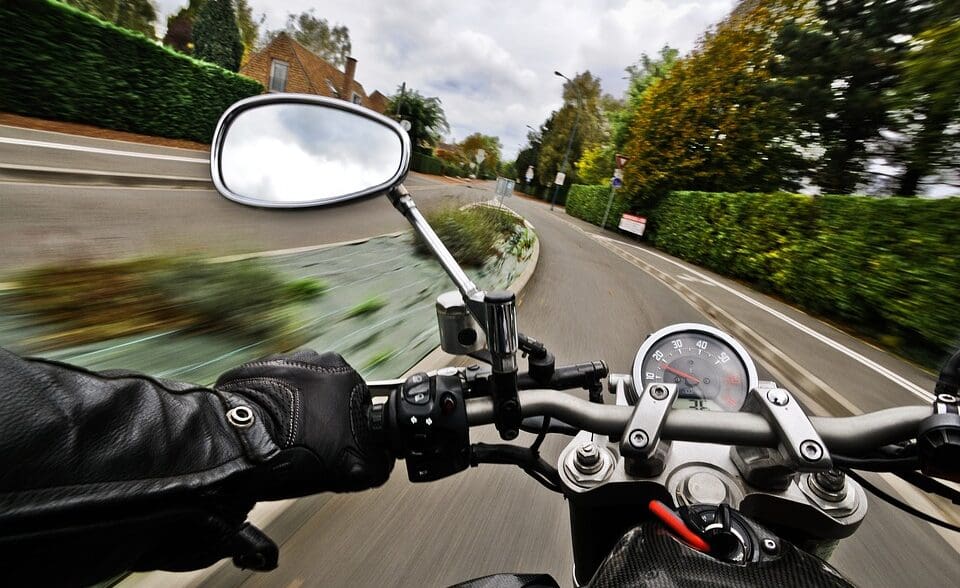If you don’t do cross-continental touring every summer as part of your owning a long-distance touring cruiser, you’ve come to the right place! This guide is meant to get you through the basic, and a couple of the advanced, things you need to do to prepare for a long distance motorcycle trip. The first thing we should really do here is actually define what is meant by long distance, which in the motorcycling world is pretty much any trip that takes more than a day to complete.
You could be riding to see your friend a couple of states over, you could be travelling across thousands of miles to attend an event, or you could just be out there on a bit of a riding getaway, to leave the city behind and enjoy the open road. No matter the reason, each trip will need to start with the most basic thing of all: planning.
Planning Your Trip
It sounds so easy, doesn’t it? Those three words that are the header of this section. Yet, this is quite possibly the most difficult, and most crucial, part of the trip. If you don’t plan your ride, rest assured that whatever tricks Mr Murphy has up his sleeves, they will happen to you.
Mapping Out Your Route

In today’s high tech world, many people are happy to just put their smartphone in a mount, twist the throttle, and off they go. If you’re staying within the city limits, this is perfectly acceptable, as familiarity with the roads, and stopping to ask for directions in less familiar parts of town, is all part and parcel of being on the road.
When you are going between cities, states, even countries, however, you will always want to have the good old analogue backups: directions and a map. Bring along a printout of your route from your favorite mapping site, a list of the major turns, distances, and such, and a few pens as you will lose one or more along the way.
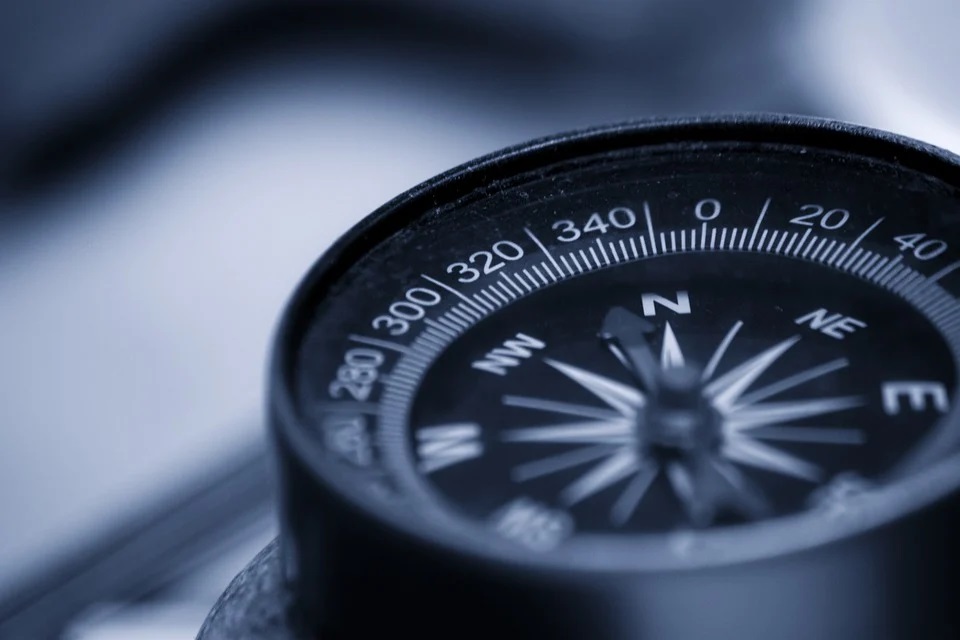
As you reach each planned turn, stop, overnight location, take out your pen and put a checkmark beside the directions you followed (don’t cross them out in case you need to backtrack), and circle those major events on the map printout to make sure you know where you are. This is part of the fun of the trip, because you can either take it the quickest route, or plan some touristy things like a famous diner or the world’s biggest paper airplane museum along the way.
The Weather
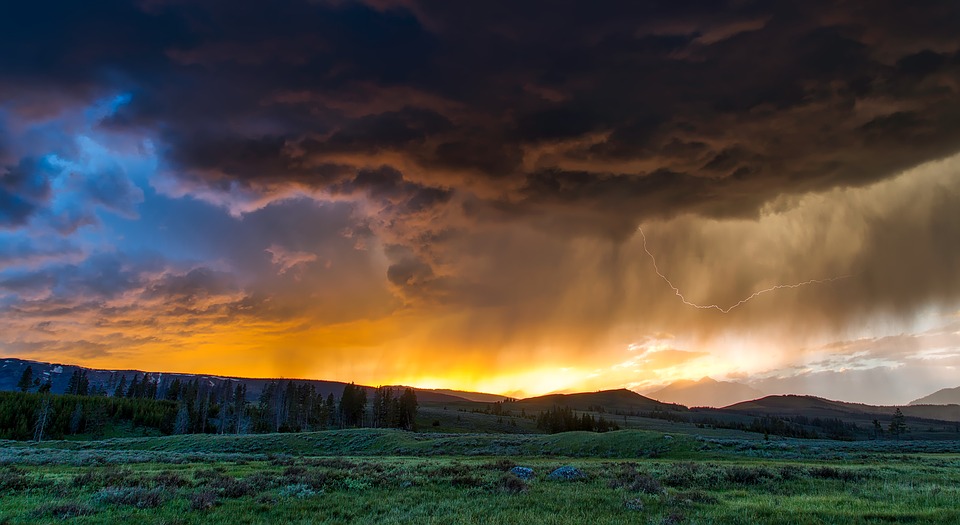
It cannot be overstated enough, plan for everything. Pack the removable waterproof lining of your touring pants and jacket in your saddlebags or backpack. Have multiple sources, and quantities, of water on you at all times. Read the forecast for your expected trip dates, and plan rest stops, water refills, washroom breaks, and expect to need more than you actually plan for.
As almost 99.9% of motorcycle riding happens above freezing, you don’t need to worry about things freezing during the day, but in some parts of the country, it can get extremely cold and windy, sometimes life-threateningly so, if you don’t research your route and plan accordingly. It’s surprising how many riders will call for rescue if they are planning to camp during their route, only to find that it can get damned close to freezing in the middle of Nevada at night. Riding gear comes with removable thermal liners for a reason…
However, the most important thing of all is water. Humans can survive weeks without food, but only days without water. Having a backpack with a hydration bladder, that you also have three bottles of water packed into, as well as the 4 1L bottles of water in your saddlebags, two to a side… always, always, always have water.
Riding is a physical thing, you will sweat, and you will need to replenish. Also, having some salty snacks along the way to have with the water will keep your electrolytes up, especially during hot summer trips. Looking for new gear? Check out our wBW review of the Wolfman Bottle Holster and Wolfman Expedition Saddlebags.
How Are You Sleeping During The Trip?
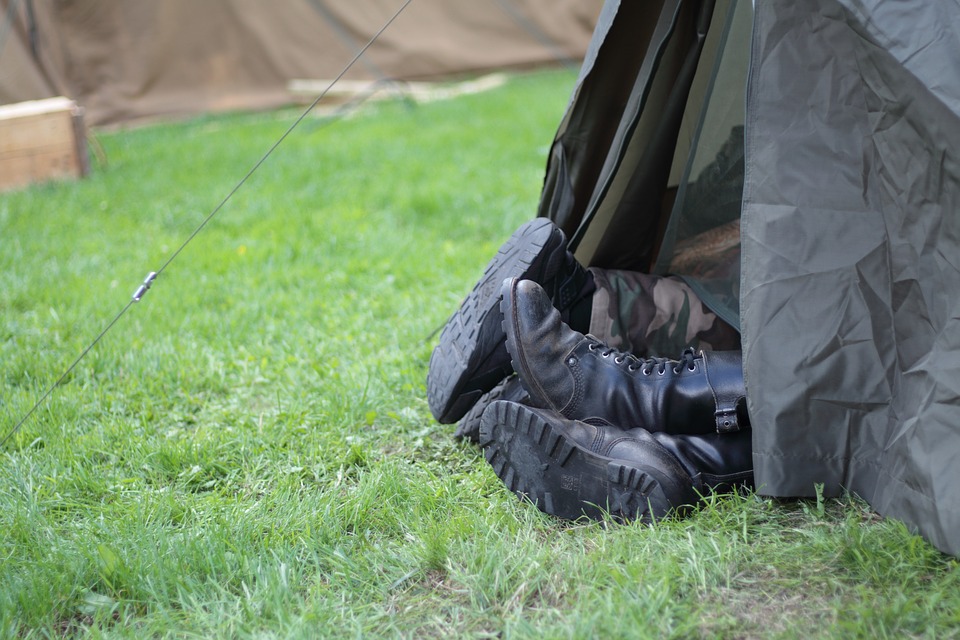
Ever notice how if you do even a half day of riding, by the time you go to bed at night, your body is practically begging for sleep? Riding requires a lot more focus and body energy than driving does, and so you need a good night’s sleep to keep riding the next day. This is something adventure riders will love to tell you about, with their tents and sleeping bags, jerry cans of fuel and water, and big bags of food strapped across the back of their bikes.
If you’re camping it out, a decent one man tent, a roll of foam insulator, and a decent sleeping bag are crucial. The tent keeps you out of the weather, the foam insulator literally does what it says on the label, and a good sleeping bag will keep you warm when it’s cold, and cool when it’s stupidly hot.
If you’re doing the motor motel style, book ahead with cancellation coverage. It costs a few bucks extra, but if your entire trip is wiped out from unexpected breakdowns, a crash, or just blind fate, then you can at least get your booking deposit back. Also, be realistic when planning your overnight stops!!!
Do not expect to be able to ride 700 miles in one day. 450 miles is about the absolute maximum you should realistically plan for, as if you are going 70 MPH the entire time, stopping once for fuel and lunch, it will still take you almost 6.5 hours to travel that distance. And that’s not accounting for traffic, varying speed limits, other drivers, getting a flat tire, needing to stop to drink some water, etc…
Fuel
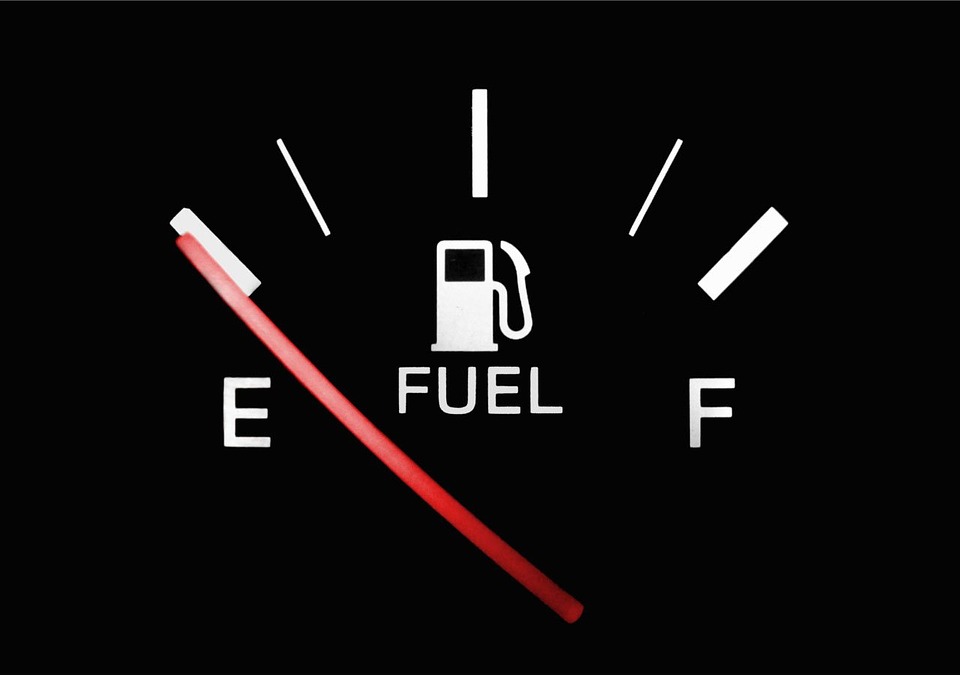
Know your bike’s average fuel mileage. Plan to stop every time you have about a third of a tank left. This may be stopping several times a day for gas, but also plan those stops out during your mapping preparation.
The third of a tank rule is a good one to have, as it gives you enough leeway that if the gas station you planned on stopping at is no longer there, closed that day, or undergoing maintenance, you have enough gas to ride to the next available gas stop. If you’re going to do Route 66, then bring a small jerry can cargo netted to the pillion seat on your bike at the very least, because even with the best of preparations, you can still get stranded.
Training For Your Trip
As much as you plan for your trip, part of that planning, an extremely important part, is training for it. You don’t win the Boston Marathon by jogging around the block a few times on the weekend before. In a similar vein, you shouldn’t do marathon riding sessions without acclimating your body to it.
Start a couple of months before the trip if you can. Go riding in the evenings and on the weekends. Start off at a couple of hours on the bike. On the weekends, go on day trips, 5-7 hours on the bike but close to home so if something goes South, you’re close enough to not be stranded.
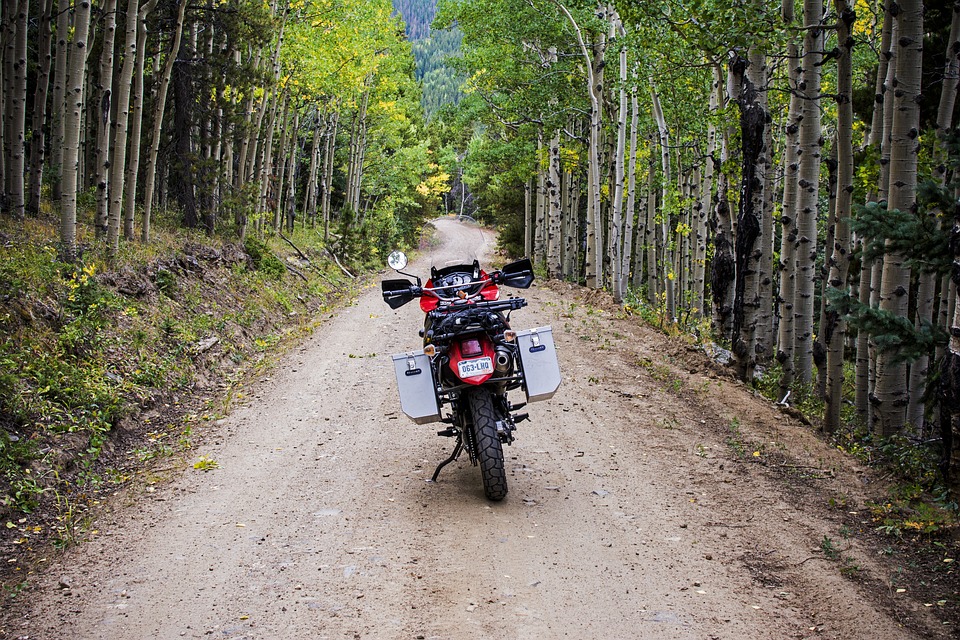
As the actual trip itself approaches, do several day trips fully loaded up with all the gear, approximate food and water weight, sleeping bag, tent, etc, all on your bike. Get used to how it affects your acceleration, braking, and most importantly cornering. You may need to stiffen the rear suspension a click or two. You might need to mildly overinflate your tires to handle the extra weight.
The weekend before your trip, don’t ride at all. Rest. Recuperate. Do low stress activities like watching a movie, binging Netflix, reading a book. Let your mind relax. Get lots of sleep.
You’ll find that when you actually set out on the trip, those 8 weeks of training have given you more energy and ability to handle the trip than if you just swung a leg over and didn’t train at all.
Have An Emergency Plan
Even with all the planning and training you’ve put in, things can still go wrong. Very, very wrong. In one of the outer pockets of your jacket, have a sheet, folded up and in a ziploc bag, labelled very clearly “Emergency Plan & Contacts.” That way, if you encounter a situation where you are rendered unable to speak, such as if you are intubated after a crash, you can still point to the pocket and list out who to call, any medications or allergies, and the like.
Also, share your itinerary with at least two people. One at your departure point, and one at your arrival point. If you’re doing the motor motel overnight stays, the motels themselves are excellent places to share your itinerary with. Tell them when you expect to arrive, and if you don’t, call you on your cell, and if that doesn’t connect, have them call one of the other two people that know your itinerary. If you’re lying in a ditch on the side of the road with your bike halfway up a tree, knowing that someone is calling someone and getting the ball rolling on getting a search on for you is reassuring!
You can also get tracking tabs (such as the Monimoto and Invoxia GPS trackers) for your bike, and as long as someone has the right passcode to view the GPS tracking data, they can actually keep track of where you are at any given moment. Many of these tracking tabs also have an SOS mode, that allow you to send out an emergency signal via SMS or wireless cellular data.
What To Pack
Since we’re all about safety while riding here at webBikeWorld, ATGATT. Bring the waterproof and/or thermal liners for your gear. If you have them, bring extra interior padding and liners for your helmet. Wear motorcycle appropriate base layers for the expected climate. Silly as it sounds, bring extra socks. As crass as it sounds, there is a World War II American Army saying about socks: “Feet, neck, hands, balls, four pairs gets ‘em all.” Socks are your go-to emergency keep-warm tools, so have some handy.
If you don’t have waterproof touring gear, get a decent set of rain shells that go over your gear.
If you have the space, bring a spare visor for your helmet, or a clear one if you use a smoked one during the day. Bring motorcycle rated sunglasses that have polycarbonate lenses in case your visor breaks or you need to ride with the visor up for any reason.
Pack multiple earplugs, especially the cheap foam ones that can be kept in a pocket and discarded (in the garbage bin or your used earplugs back so you can dispose of them properly when at your destination) after the day’s ride.
Sunscreen. Lots of sunscreen. The back of your neck will thank you. Trust us on this one.
Chapstick, anti-itch balms, and those little travel bottles of moisturizing hand cream. Exposure to wind for 5-8 hours a day is something your body generally isn’t used to, so a little moisturizing cream on the neck and face at the end of the day is a little luxury that costs you a couple of bucks to have for the entire trip.
In one of your pockets, pack a good length of toilet paper or a travel pack of baby wipes. You may not be at the most pleasant of places when you need to answer the call of nature, and having a good length of toilet paper in a ziploc bag, or a packet of baby wipes, will make answering that call less… uncomfortable… afterwards.
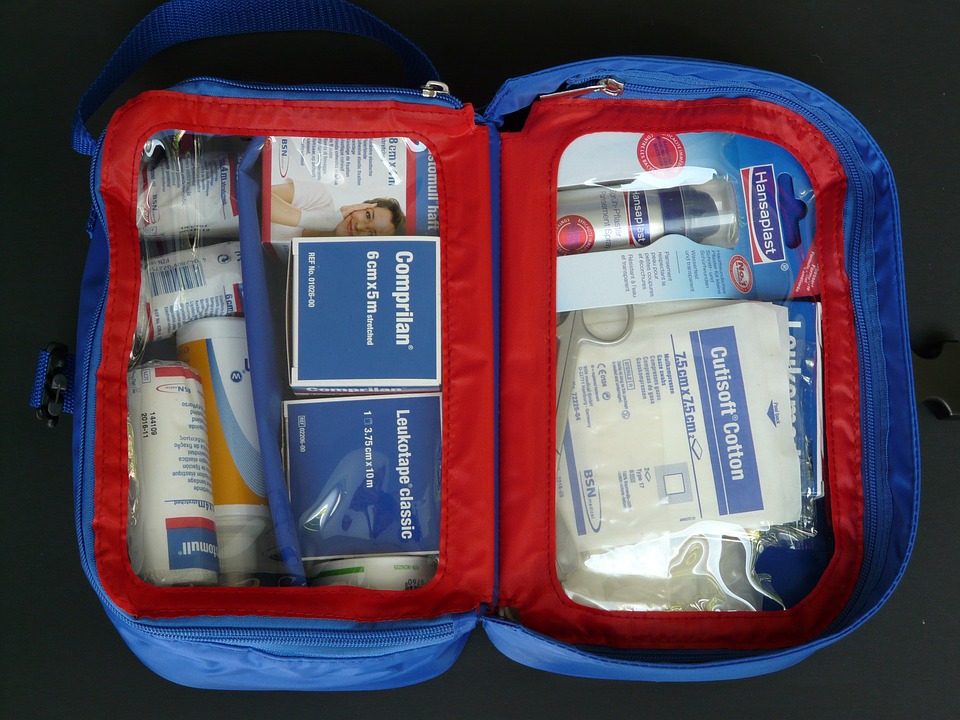
Always have a first aid kit on your person or on your bike, especially one that has one or two emergency blankets. They may not look like much, but those mylar blankets can keep you warm during the coldest of nights.
Water, and lots of it.
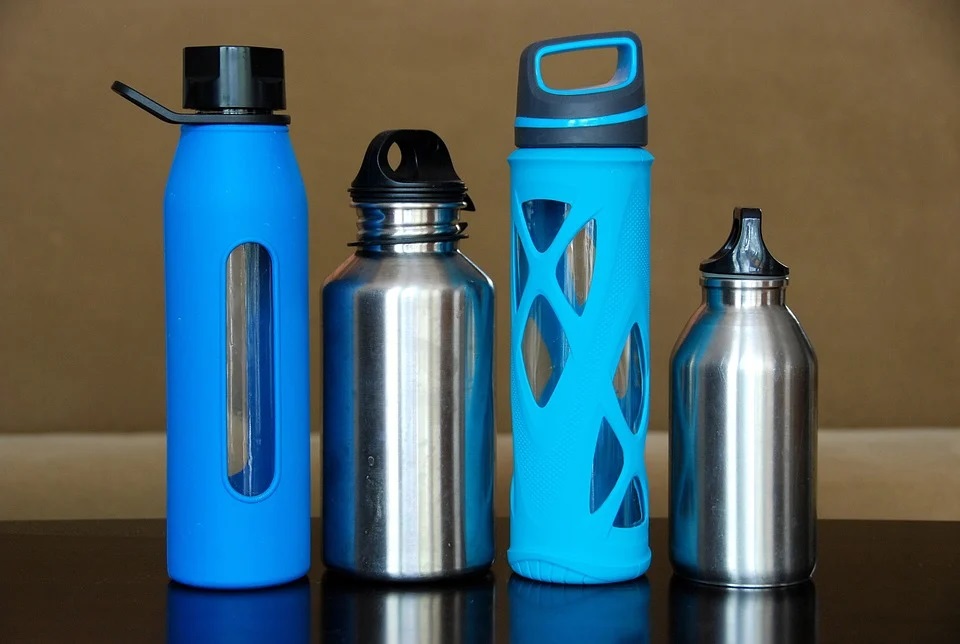
Food and snacks, especially ones with some salt in them (saltine crackers, sweet and salty granola bars, et al) to have with your water during rest stops so you can replenish your electrolytes.
Most motorcycle gear stores have travel toolkits that fit in a backpack or saddlebag, and many have compact kits that will fit under the seat. Get one. Your bike and sanity will thank you.
Visor wipes or travel bottle of visor spray and a microfiber. You will very likely be murdering many insects on your trip, and getting their corpses off your visor at any point is a mission in and of itself!
How To Ride On A Long Distance Trip
This one is easy.
Ride within your limits, ride safe, keep the rubber side down, and have fun!


